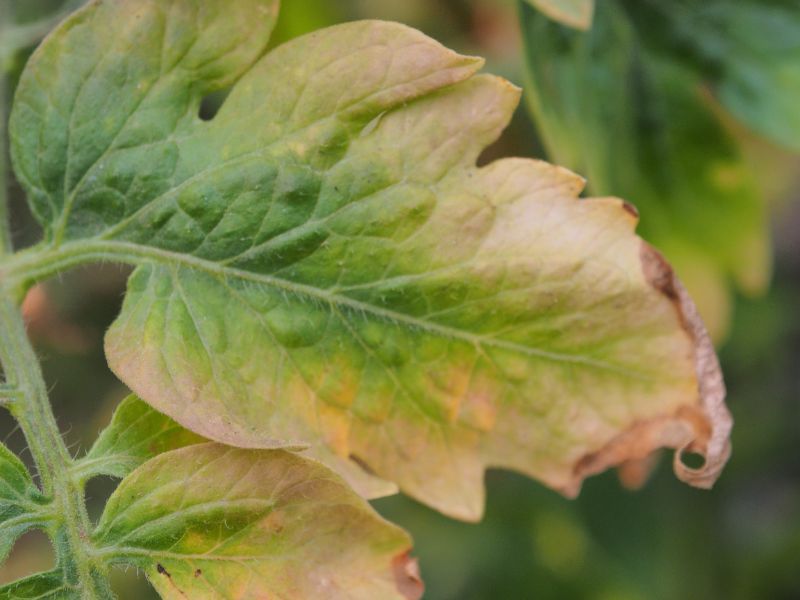We’ve all been there – you buy a beautiful houseplant, only to watch it wilt and die in your care. But don’t worry, we’re here to help!
We’re going to tackle common houseplant problems, from overwatering to pests, and give you practical solutions. Let’s turn those brown thumbs into green ones and get our plants thriving again!
Recognizing Overwatering Symptoms
In our journey to understand common houseplant problems, let’s turn our attention to the signs of overwatering, a pervasive issue that we often encounter. It’s easy to think more water equals more growth, but that’s not always the case.
Overwatering can cause roots to suffocate and rot, leading to unhealthy plants. We’ll first notice yellowing leaves, a clear sign of overwatering. These aren’t your typical fall hues, but a sickly, unnatural yellow. Next, we might see wilting despite the soil being wet. It’s a deceptive sign, as we’d usually associate wilting with dryness.
Lastly, we may spot root rot, a fatal condition. If we detect a foul smell coming from the soil, it’s a sure sign.

Addressing Underwatering Issues
Just as we’ve tackled overwatering, it’s equally important we address the issues relating to underwatering our houseplants. Underwatering can lead to wilting, yellowing leaves, or slow growth.
Don’t panic, we’ve got some simple solutions. Firstly, we need to understand our plant’s water requirements. Some plants, like succulents, need less water than others. If we’re unsure, let’s do a quick research or ask a local nursery.
Secondly, let’s check the soil. If it’s dry to the touch, it’s time to water. We should water thoroughly until we see it draining from the bottom.
Lastly, don’t forget to consider the season. Our plants often need more water in warmer, dryer months.
Dealing With Insufficient Light
Many of our houseplants struggle when they’re not getting enough light, a problem that’s all too common in indoor settings. It’s important for us to understand the light requirements of each plant species. Some thrive in low light while others need bright, indirect light to flourish.
If your plant’s leaves are yellowing or its growth is stunted, it mightn’t be getting enough light. We can remedy this by moving the plant closer to a window or using artificial lights.
Remember, it’s not just about intensity but duration too. Most houseplants need 12-16 hours of light per day. So let’s ensure we’re providing them with the right amount and type of light. Your plants will thank you for it!

Managing Nutrient Deficiencies
We’re now tackling nutrient deficiencies, another common issue that can severely affect the health and growth of our houseplants. Just like us, plants require certain nutrients to thrive. Without them, they can’t perform vital functions, leading to stunted growth, discoloration, and even death. To manage this, it’s crucial to know the signs.
Yellow leaves often indicate nitrogen deficiency, while brown spots may mean a lack of potassium. We can combat these issues by using a balanced, water-soluble fertilizer. Remember, too much can be harmful. It’s essential to follow the manufacturer’s instructions.
We should also ensure our plants have a well-draining soil mix, as overwatering can cause nutrients to leach out.
Combating Common Pests
In addition to nutrient deficiencies, another challenge we often face involves battling common pests that can harm our houseplants. Aphids, spider mites, and mealybugs are common culprits that we often encounter. Don’t fret, we’ve got some simple strategies to combat these pesky invaders. Firstly, we can manually remove them using a soft cloth or a gentle spray of water.
We can also introduce beneficial insects, like ladybugs, which feed on these pests. Another solution is using insecticidal soap or a homemade mixture of water and mild detergent.
Remember to isolate the affected plant to prevent the spread of pests. Always inspect new plants before bringing them home. Prevention is better than cure, after all. Regularly check your existing plants too, as early detection can save a lot of hassle.
Overwatering symptoms of common pests
Remember, it’s not just about water and light, but also nutrients and pest control. Most importantly, don’t panic! Problems are part of the houseplant journey.
With a little attention and care, we can tackle these issues head-on and ensure our green friends thrive. Here’s to healthier, happier houseplants!






